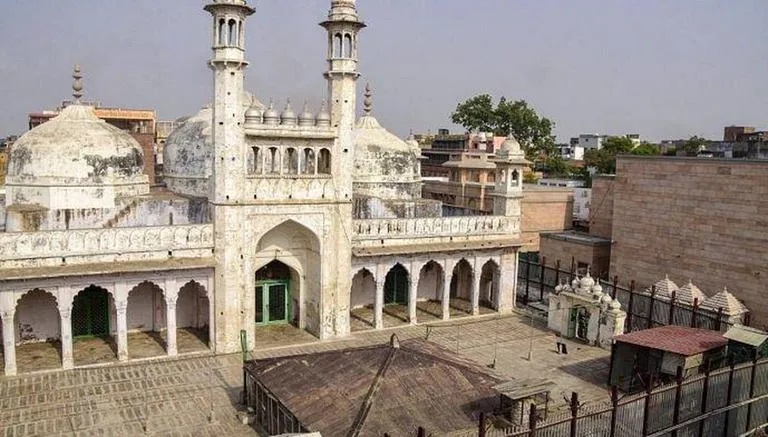
In the realm of India’s religious sites, the Archaeological Survey of India (ASI) has taken centre stage as a pivotal institution that influences the fate of mosques. This phenomenon isn’t new – across history, courts have entrusted the ASI with various roles in mosque-related cases, frequently using it to regulate Muslim religious activities in old mosques. However, the ASI’s involvement isn’t without controversy, often leading to shifts in religious narratives and practices.
The ASI, which has previously prohibited the offering of namaz (Islamic prayers) in numerous undisputed mosques nationwide, either retains control over these sites or permits their use for purposes contrary to their religious nature. In such cases, the ASI has often implemented rules that clash with the fundamental tenets of offering namaz. For instance, in the Babri Masjid case, the ASI was tasked with providing a report that subsequently shaped public perception regarding the demolition of the Ram Temple before the construction of the Babri Masjid in 1528 – a narrative that significantly influenced the Babri Masjid judgment.
Presently, the ASI’s role extends to evaluating the religious character of the Gyanvapi Masjid. While namaz is currently allowed, questions arise about potential changes in the wake of the Places of Worship Act, 1991. The solicitor general’s statement ensures continuity of namaz, but it’s crucial to recall the past.
Former Chief Minister of Uttar Pradesh, Kalyan Singh, provided an undertaking to protect the Ram Janma Bhumi-Babri Masjid structures. The breach of this commitment had significant consequences, shaping the course of history. However, Kalyan Singh’s passing rendered contempt proceedings against him irrelevant. Meanwhile, the Supreme Court resolved the dispute in favour of the Ram temple in 2019, offering alternate land for the mosque.
The Gyanvapi Masjid case, currently under judicial examination, echoes historical patterns. The state’s chief minister has voiced opinions contrary to the mosque’s character, potentially influencing ongoing legal processes. This raises concerns about overreach and narrative-shaping, particularly against the backdrop of the Places of Worship Act, 1991. The Act reflects the constitution’s core values, emphasizing equality of all faiths and the protection of religious places’ characters as of August 15, 1947.
The ASI’s survey in the Gyanvapi Masjid case carries significant implications. Firstly, it could solidify a ‘public narrative,’ mirroring the dynamics that shaped the Babri Masjid case. Secondly, the survey raises questions about the mosque’s character, eroding the 1991 Act’s purpose. By permitting the ASI survey, the religious character of the Gyanvapi Masjid is cast into doubt, contravening the Act’s intent.
Notably, the Babri Masjid case was an exception under the 1991 Act. The Gyanvapi Masjid, emerging as a significant legal issue, challenges a masjid’s character post-Babri. Political promises are intricately linked to this dispute. The Gyanvapi Masjid serves as a litmus test for the 1991 Act’s relevance and the sanctity of its judgments – a test where the system appears to have faltered.
The ASI’s role in these cases has far-reaching implications for India’s secular fabric. The intersection of religion, law, and historical narratives underscores the complexity of the issue. Amidst these challenges, preserving the essence of India’s secular democracy requires a nuanced and sensitive approach that respects religious freedom while upholding the principles of equality and justice.
News Mania Desk / Agnibeena Ghosh 10th August 2023






